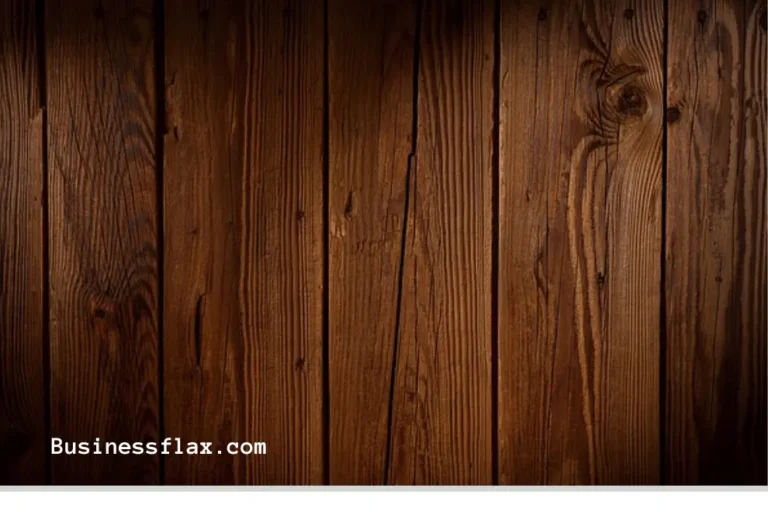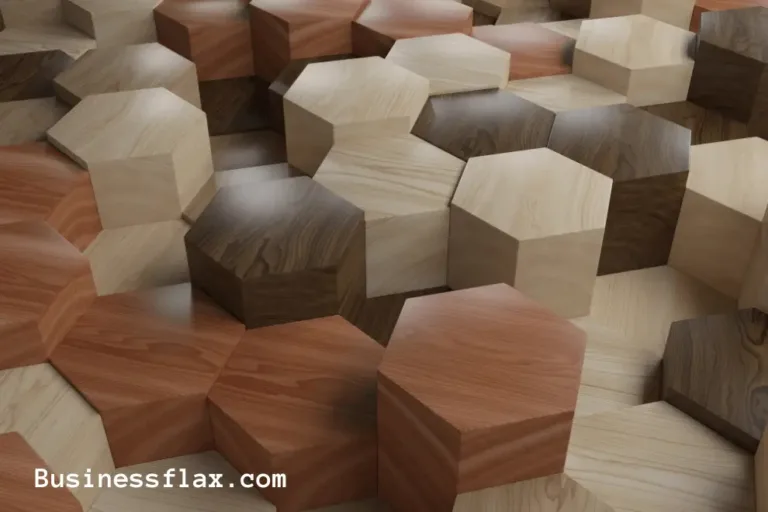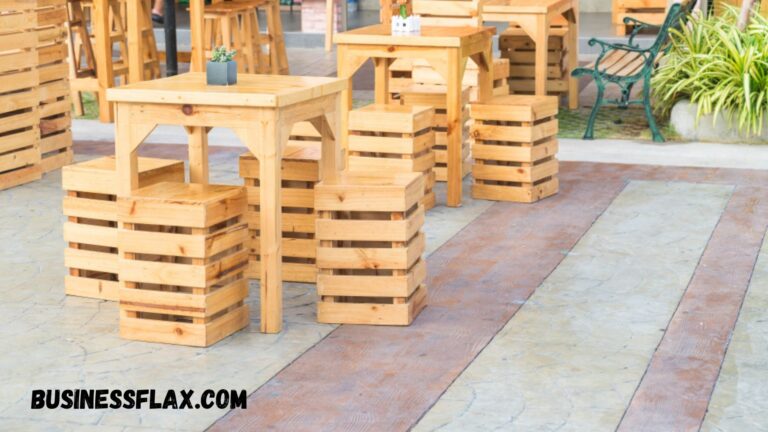How to Insulate a Cold Wall From The Inside?

Are you tired of feeling the chill from cold walls creeping into your home? It’s time to take control and bring warmth back into your living space! Insulating a cold fence from the inside is not only a practical solution but also an effective way to improve comfort and energy efficiency.
In this guide, we’ll walk you through the steps to help you transform that chilly wall into a cosy haven. So, grab your tools and let’s dive into the world of insulation!
Read Also: Hipped and Gabled Roofs
Whether you have solid walls or cavity walls, there are various insulation methods and materials to choose from. Depending on your choice, you will need to consider the following:
Panels or boards
Using panels or boards to insulate cold walls from the inside can provide a quick and cost-effective solution. Insulated plasterboard is available from manufacturers such as Kingspan and Celotex, which have insulation bonded to the surface, forming a finished interior wall. These are suitable for cavity or solid walls and can be fixed with either adhesive or mechanical fixings. Gaps should be filled and tamped before plaster skimming to ensure the continuity of the vapour barrier.
Cold walls can make it difficult to maintain a comfortable temperature, which leads to higher energy bills as residents crank up the heating and leave it on for longer periods. They also attract moisture in the form of condensation, which can lead to mould growth. Mould can cause a range of health problems, including respiratory infections, allergies and asthma. It is, therefore, important to take steps to address the issue of cold walls.
Internal coatings
If you have a solid wall home, insulating it from the inside can help to make your home warm and energy efficient. This method is favoured for solid wall homes that do not have cavity walls, and it can be done at a fraction of the cost of external insulation.
The first step is to choose the right insulation. Thorough research and consultation are advisable to ensure you’re opting for an option that meets your needs and requirements. The insulation should also be robust and durable, particularly around areas such as plumbing, vents, windows and doors.
Once the insulation has been installed, any gaps and cracks need to be sealed to prevent air leakage and further heat loss. You can do this using caulking or weatherstripping. Consider adding thermal lining or insulating wallpaper, which is easy to apply and works just like regular wallpaper. These materials are designed to reduce heat loss and can also be used to cover any existing skirting boards or door architraves that need to be removed.
Cavity wall insulation
Cavity wall insulation is an effective way to reduce energy bills. It involves introducing insulating beads or foam into the cavity between walls, which prevents heat loss and helps regulate temperature in a home.
The insulation is injected into the cavity by drilling holes and pumping it in. There are various options, such as mineral wool, polystyrene beads and polyurethane foam, which all offer differing levels of performance.
A common choice is mineral fibre, which has become popular due to its affordability. It is prone to clumping and dampness, though, so it needs to be regularly maintained and checked for mould.
Another option is a bead-type product such as Cemwood CW1000, which is a mineralised woodchip and offers a greener alternative. It can be trickier to install, but again, it offers good thermal performance. Polyurethane foam is the most expensive but also provides the best performance in terms of preventing heat loss. It’s also a notifiable process, so it requires Building Regulation approval.
External insulation
Cold walls are a common problem in buildings across the UK, but they don’t have to be. There are various methods and materials to choose from, each with its pros and cons. Insulating from the inside can be a quick and easy solution, but it’s also potentially not as budget-friendly as other options.
If you choose this method, make sure the vapour barrier is correctly positioned to prevent moisture buildup and to act as an effective barrier. Carefully install your chosen insulation material between the studs or directly on the wall’s surface, always following the manufacturer’s instructions. Replace or reinstall skirting boards to neatly cover the edges of the insulated area and maintain a polished appearance.
The alternative is external wall insulation, which involves drilling through the outer ‘sheathing’ of your home and then pumping in something like foam or cellulose pellets. This is generally a cheaper option than internal wall insulation, but it takes longer to carry out and may require adjustments to the fittings outside of your home.
Conclusion
In wrapping up, insulating a cold wall from the inside is a practical and effective way to improve the comfort and energy efficiency of your home. By understanding the science of insulation, identifying problem areas, and following the steps outlined in this guide, you can successfully tackle this DIY project.






